Shaanxi Archaeology Museum
Located in the south suburb of Xi'an, home to the world-famous Terracotta Army and the capital of Shaanxi Province, Shaanxi Archaeology Museum is China’s first comprehensive archaeological museum. With a traditional Tang Dynasty architectural style, the museum has a total construction area of 35,000 square meters (8.6 acres), including an indoor exhibition area of 5,800 square meters (1.4 acres) and an outdoor exhibition area of 10,000 square meters (2.5 acres). Here visitors can not only appreciate precious cultural relics of different eras but also learn about archaeologists' daily work and various kinds of archaeological and research methods and tools.
What's on Display?
Shaanxi Archaeology Museum has collected more than 200,000 historic artifacts spanning from the Paleolithic Age (from around 3.3 million years ago to around 12,000 years ago) to 20th century and offers a clear lineage of Chinese archaeology. At present, 4,218 groups of 5,215 cultural relics are on display, more than 90 percent of which are unveiled to the public for the first time.
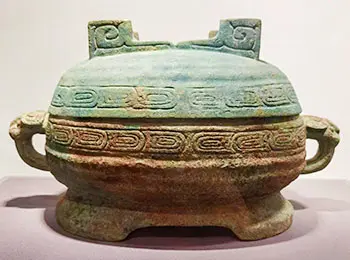 | 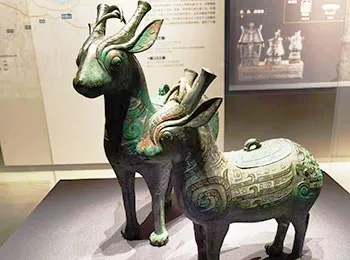 |
There is also a temporary exhibition hall at 1st floor, displaying the latest archaeological discoveries, which do not have fixed themes or exhibits. The outdoor exhibition area is also worth your lingering, including a field archaeology theme area, a brickwork area, and a ceramic and stone carving relics area.
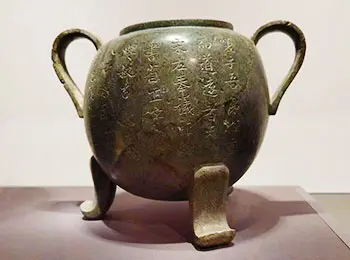 | 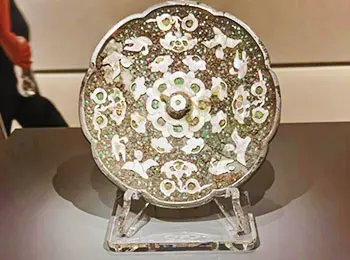 |
Best Exhibits in Shaanxi Archaeology Museum
Yan Zhenqing's Calligraphy
Epigraph on Tomb of Shangguan Wan'er – China’s First Female Prime Minister
As one of the most influential female politicians, Shangguan Wan'er (664 - 710) was the then ‘prime minister’ appointed by Emperor Wu Zetian (690 - 705) in the Tang Dynasty, the most powerful woman in Chinese history. The ancient tomb of Shangguan Wan'er was unearthed several years ago. However, it was badly damaged and no complete bones could be found. The valuable and well-preserved epigraph recorded the great woman’s life stories, cause of death and burial place. Her death and tomb damage may be both caused by Emperor Xuanzong due to a coup.
The Earliest Male Skin Care Products Found in China
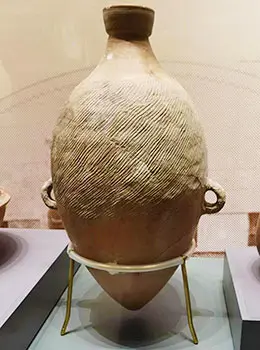 | 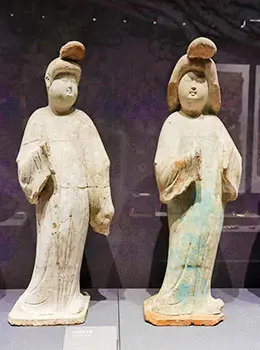 |
The Most Luxurious Vehicle in the Western Zhou Dynasty (1046 - 771 BC)
It is lucky to unearth an ancient carriage in such an early period. Though it is dubbed the most luxurious vehicle back then, now what we can see is only a simple and uncompleted remain. However, it is still a surprise for present people to learn about its background story and have a glimpse at the excavation, cleaning, restoration and protection of the ancient relics.
Shimao Site – The Largest Metropolitan Site in China
The Shimao Site in the Xia Dynasty (2070-1600 BC) is the largest metropolitan site unearthed so far. To better display the well-preserved ancient walled city, the museum uses 3D printing thchology to create scaled-down models of the city walls, palaces, large cemeteries, and handicraft shops. Also, a stone pillar carved with a two-faced god showcases the exquisite craft from 4,000 years ago.
Yuan Dynasty Mural Tomb
The octagon-shaped brick tomb featured well-preserved colorful murals on the walls is one of the most impressive exhibits in the museum. The murals can date back to 700 years ago and they vividly depict the life scenes of the tomb owner.
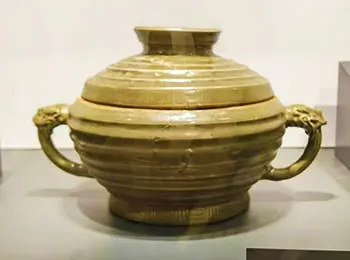 | 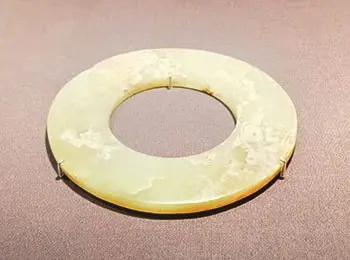 |
How to Get to Shaanxi Archaeology Museum
Take Metro Line 2 to Wei Qu Nan Station. Exit from Exit D and walk south for about 450m (490yd) to transfer to Bus Line 738 to Wenyuan Road South station. After getting off, walk south for about 200m (220yd), you can see the museum.
| Opening Hours: | 09:00-17:00 with last entry at 16:00; the museum will be closed every Wednesday (except for legal holidays). |
|---|---|
| Ticket Fare: | Free, but pre-online reservation is required. |
| How to Reserve: | No offline reservation is available. Visitors need to reserve on the WeChat account "考古陕西" at most 5 days in advance (including the visit day). The platform releases tickets respectively at 9:00 and 14:00 every day, with 750 tickets per batch. One WeChat account can only reserve 5 tickets at most. Before visiting, collect your paper tickets at the Visitor Center with your reservation proof and valid passports. |
| Service Facilities for Easy Visit: | 1. The guide service is provided at the west side of the entrance. 2. Luggage storage service is offered at the west side of the entrance. 3. Wheelchair access is available in the visiting area. |
- Last updated on Aug. 01, 2025 by Alex Jin -